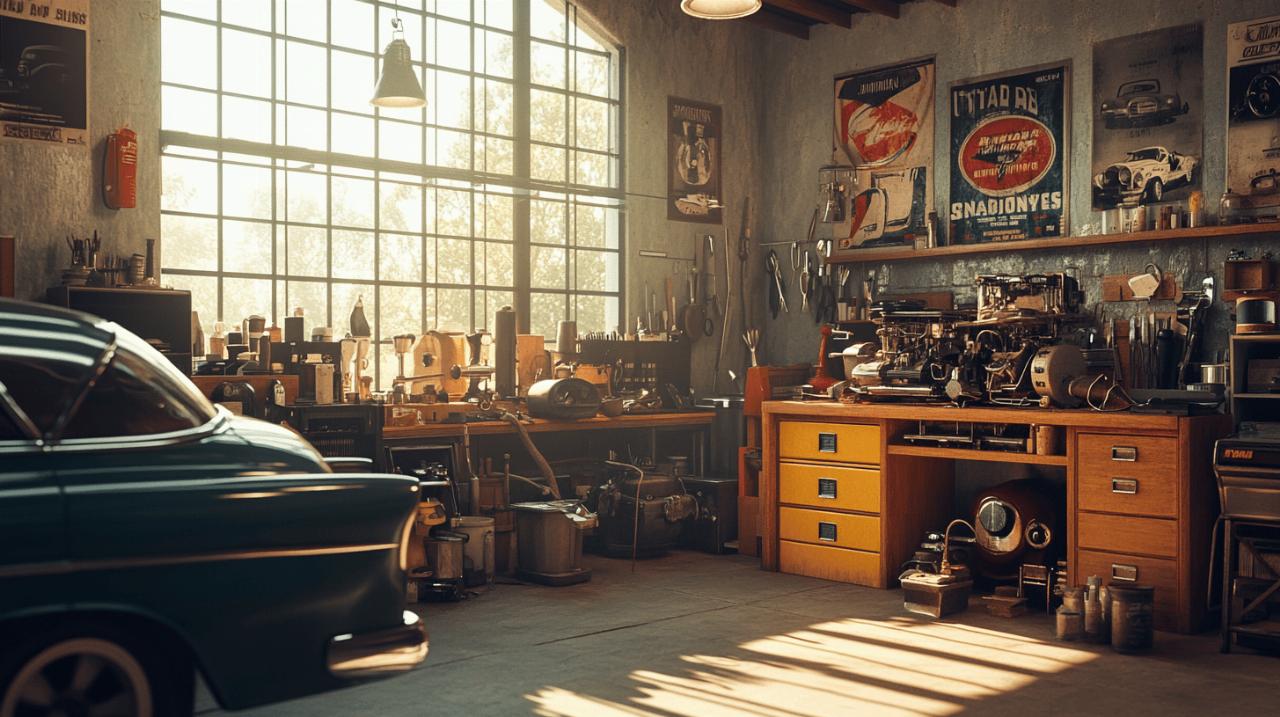Maintaining your vehicle goes beyond just keeping it clean and visually appealing. Regular maintenance ensures optimal performance, safety, and longevity of your vehicle. In this comprehensive guide, we’ll explore essential maintenance practices that every vehicle owner should follow to maximize their car’s lifespan and performance. Whether you own a brand new car or a well-loved older model, these tips will help you keep your vehicle running smoothly for years to come.
Engine care fundamentals
The engine is the heart of your vehicle, and proper care is crucial for maintaining its performance. Regular checks and timely maintenance can prevent costly repairs and extend engine life significantly. According to automotive experts at https://www.automag.es/, understanding the basics of engine maintenance is essential for all vehicle owners, regardless of their mechanical knowledge.
Regular oil changes and fluid checks
Oil changes are perhaps the most critical aspect of engine maintenance. Fresh oil ensures proper lubrication of engine components, reduces friction, and helps maintain optimal operating temperatures. Most experts recommend changing your oil every 3,000 to 5,000 miles, though this can vary depending on your vehicle type and driving conditions. Modern synthetic oils might allow for longer intervals between changes, but regular checks are still important.
Beyond engine oil, other fluids require regular attention as well. These include transmission fluid, brake fluid, power steering fluid, and coolant. Each plays a vital role in vehicle operation and safety. Checking these fluids monthly and topping them up as needed can prevent mechanical issues and extend the life of various systems. If you notice any unusual discoloration or drops in fluid levels, it might indicate a leak or other problem that should be addressed promptly.
Air filter replacement schedule
The engine air filter prevents dust, debris, and contaminants from entering your engine. A clogged air filter restricts airflow, leading to decreased performance and fuel efficiency. Most automotive specialists recommend replacing the air filter every 12 months or 12,000 miles, whichever comes first. However, if you frequently drive in dusty conditions, you might need to replace it more often.
While checking your engine air filter, don’t forget about the cabin air filter as well. This filter ensures clean air inside your vehicle and should be replaced regularly to maintain good air quality for passengers. A clean cabin filter is particularly important for allergy sufferers and can help your air conditioning system work more efficiently.
Tyre maintenance and safety
Tyres are your only contact point with the road, making them crucial for both safety and performance. Proper tyre maintenance not only ensures better handling and braking but also improves fuel efficiency and extends tyre life. Regular checks and maintenance can save you money in the long run while keeping you safer on the road.

Proper inflation and rotation practices
Maintaining correct tyre pressure is one of the simplest yet most effective maintenance tasks you can perform. Underinflated tyres increase rolling resistance, reducing fuel efficiency and causing premature wear on the outer edges. Overinflated tyres, on the other hand, can lead to reduced traction and uneven wear in the center of the tread. Most vehicles have recommended tyre pressures listed on a sticker inside the driver’s door jamb or in the owner’s manual.
Tyre rotation is another essential practice that ensures even wear across all four tyres. The front and rear tyres often wear differently due to weight distribution and whether the vehicle is front, rear, or all-wheel drive. Rotating your tyres every 5,000 to 7,000 miles helps them wear evenly and extends their overall lifespan. During rotation, it’s also a good opportunity to check for any signs of damage or unusual wear patterns that might indicate alignment issues.
Tread wear monitoring and replacement guidelines
Monitoring tread depth is vital for maintaining proper traction, especially in wet or wintry conditions. The legal minimum tread depth in the UK is 1.6mm across the central three-quarters of the tyre’s width, but many safety experts recommend replacing tyres when they reach 3mm, particularly for winter driving. A simple way to check tread depth is the 20p test: insert a 20p coin into the tread groove, and if you can see the outer band of the coin, your tyres may be below the legal limit.
Beyond tread depth, it’s important to inspect tyres regularly for signs of damage such as cuts, bulges, or objects embedded in the rubber. Even minor damage can lead to a blowout, especially at high speeds. Also, be aware that tyres degrade over time, even if they have sufficient tread. Most manufacturers recommend replacing tyres that are more than six years old, regardless of tread depth. For vehicles equipped with Tyre Pressure Monitoring Systems, which became mandatory for all cars built after November 2014, pay attention to any warnings and address them promptly.




